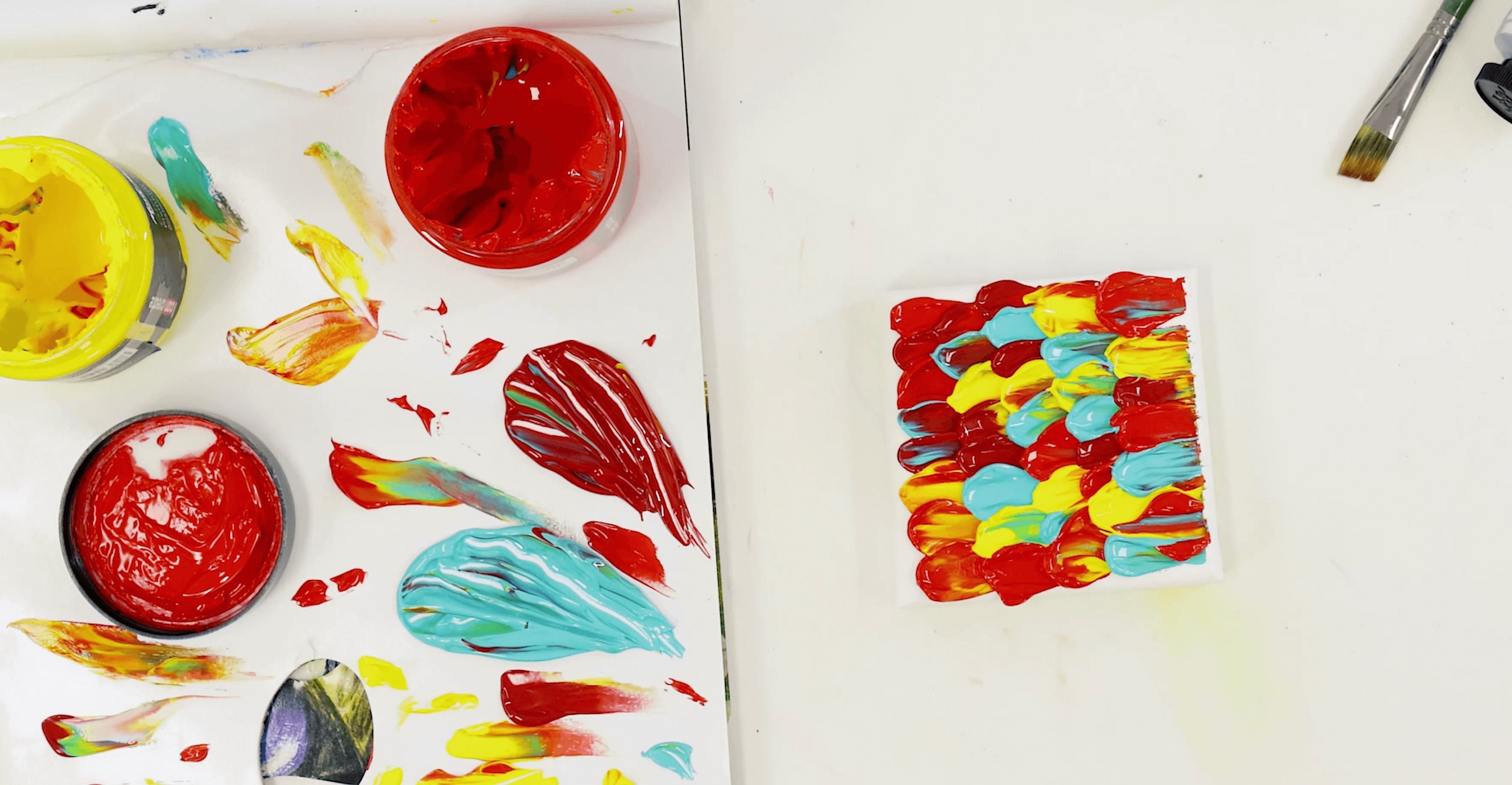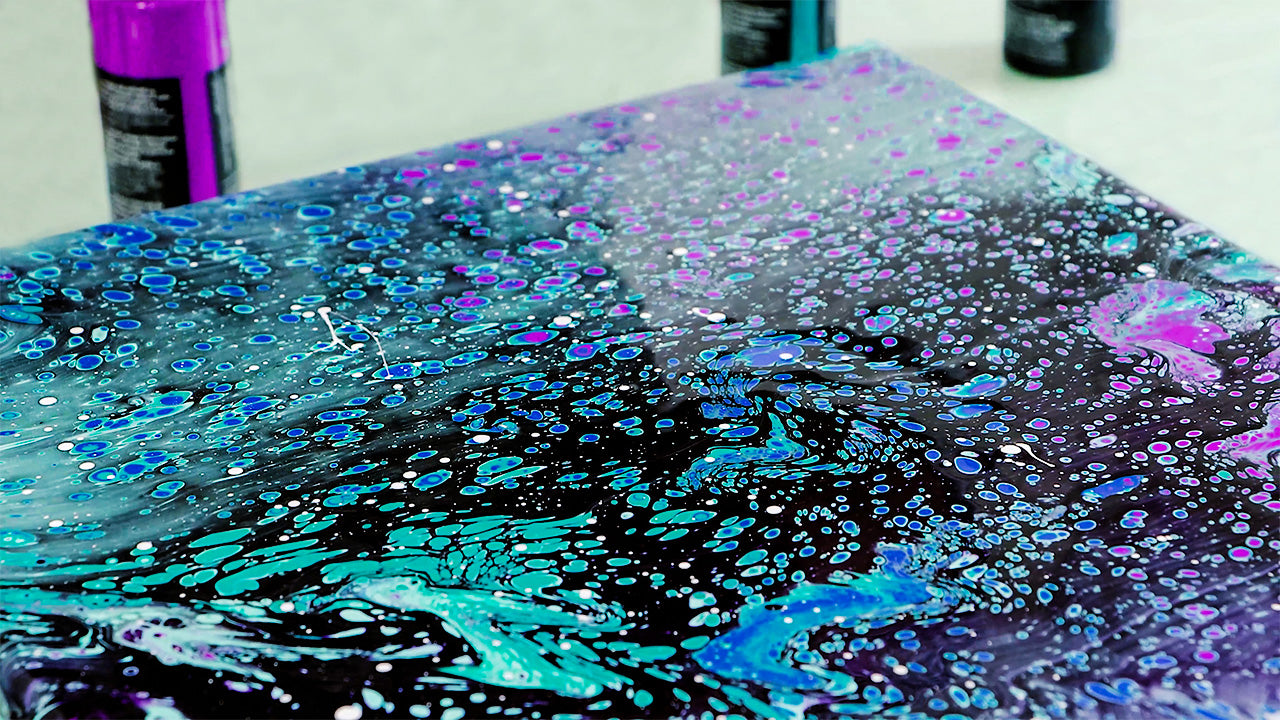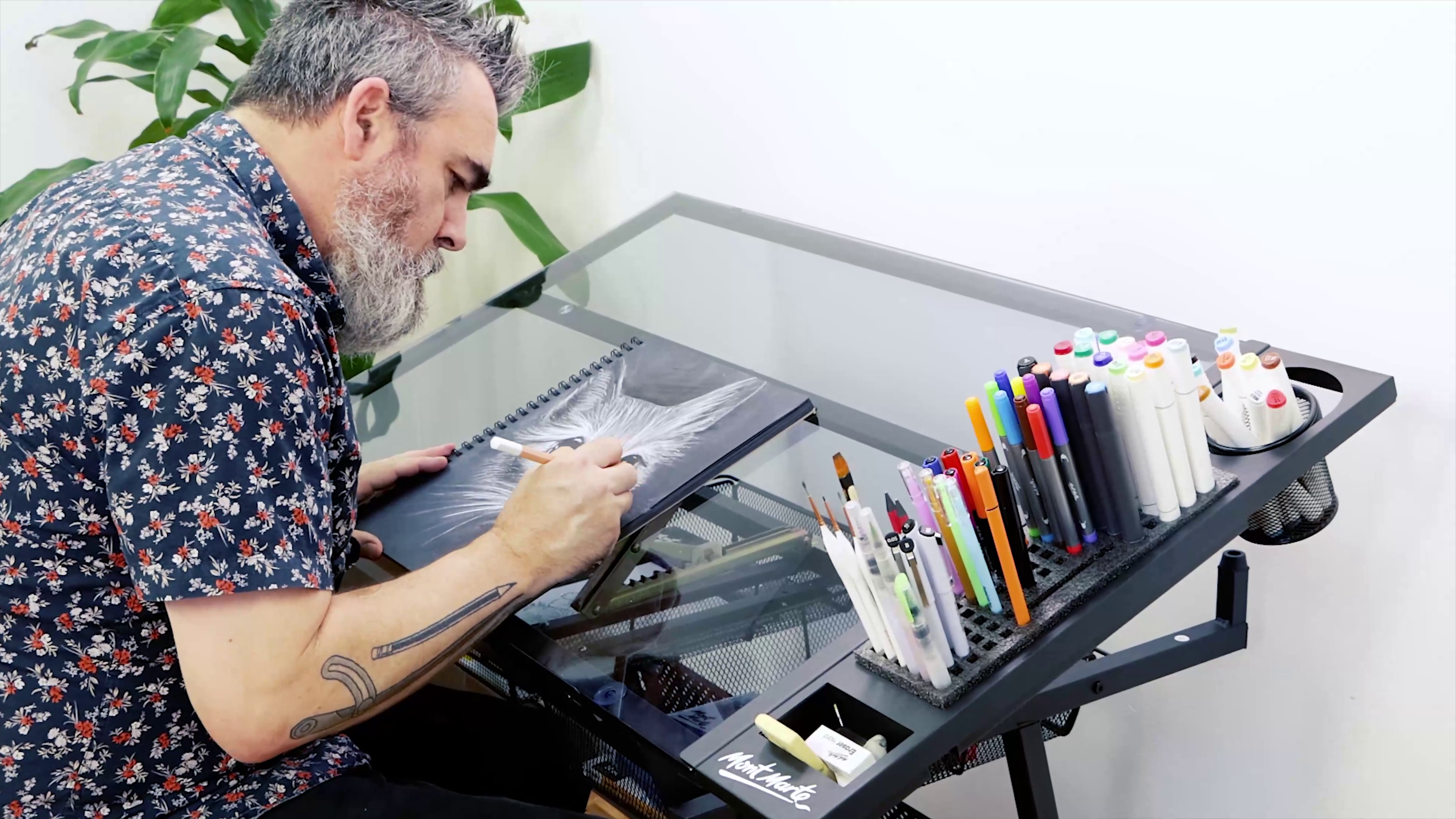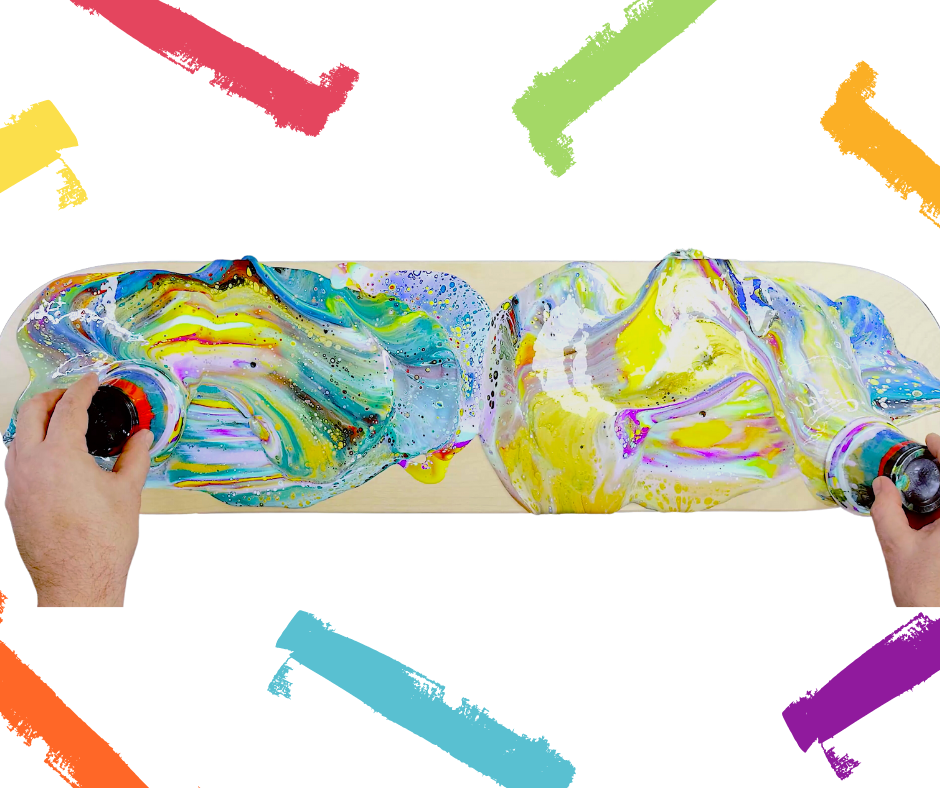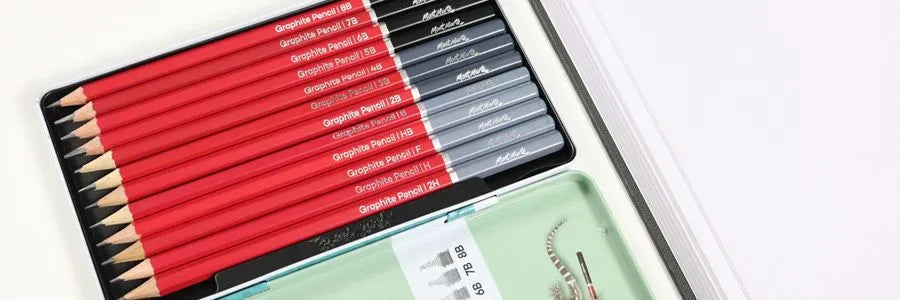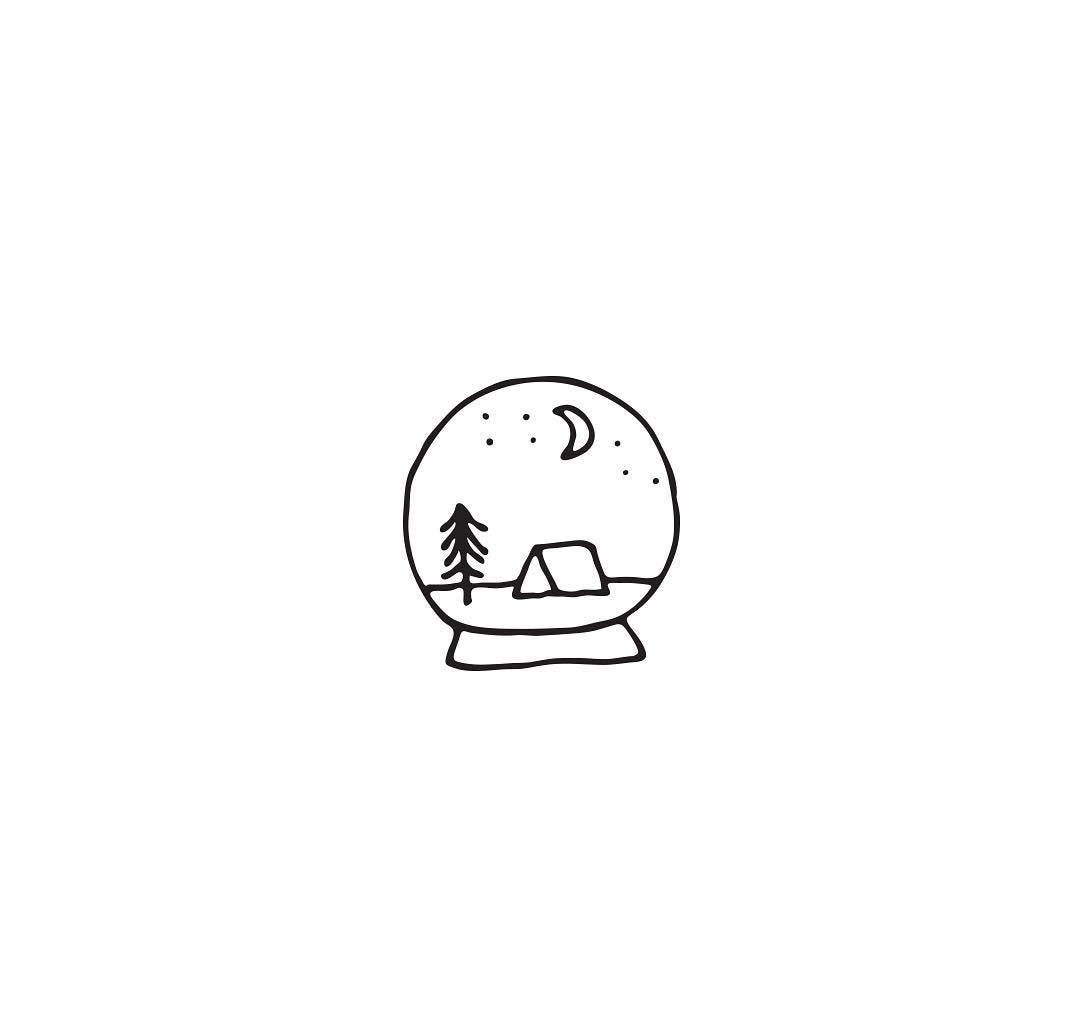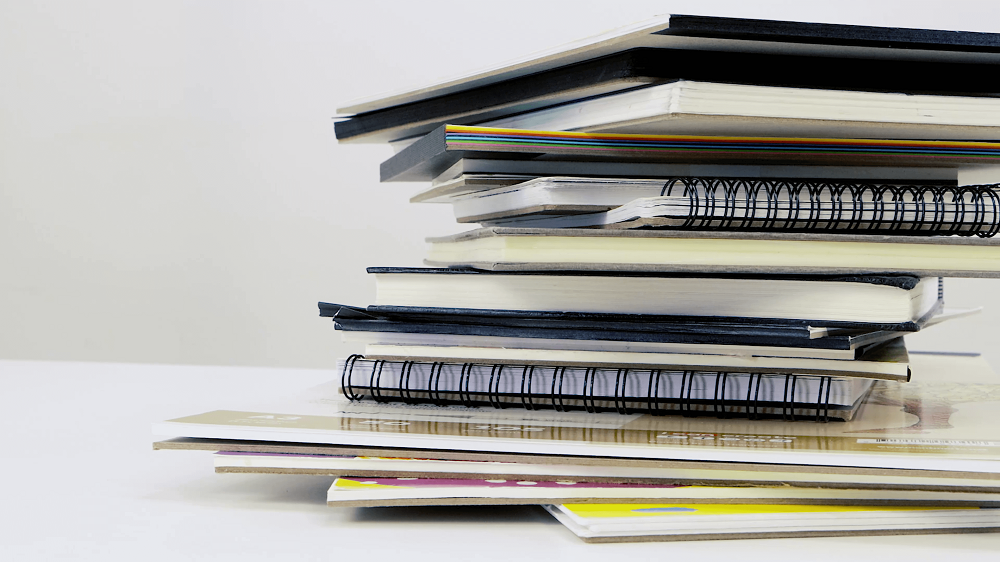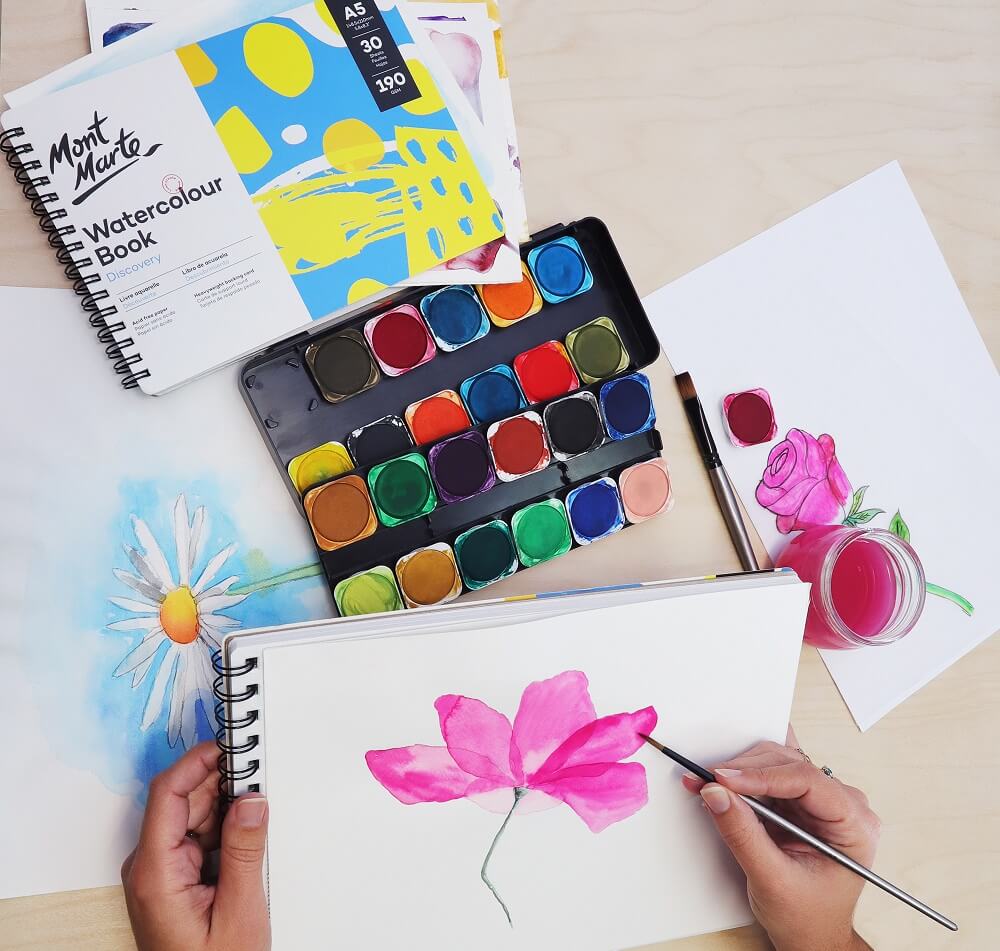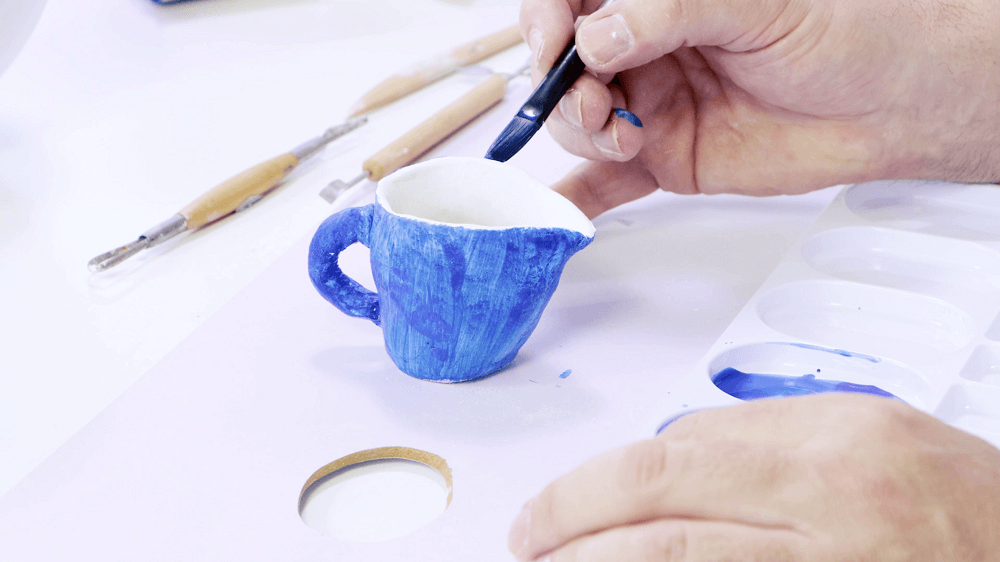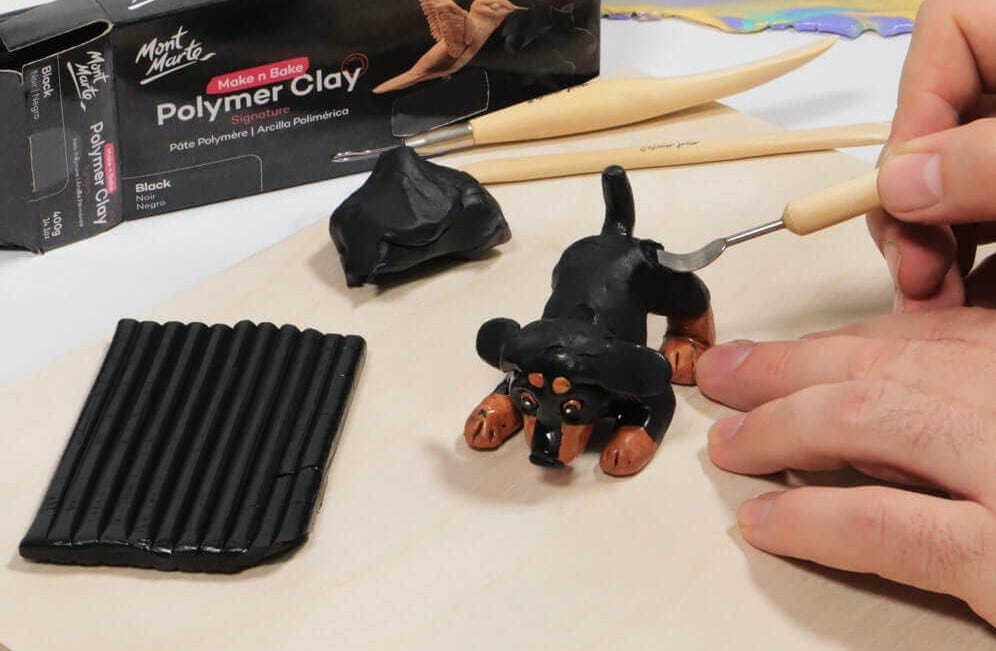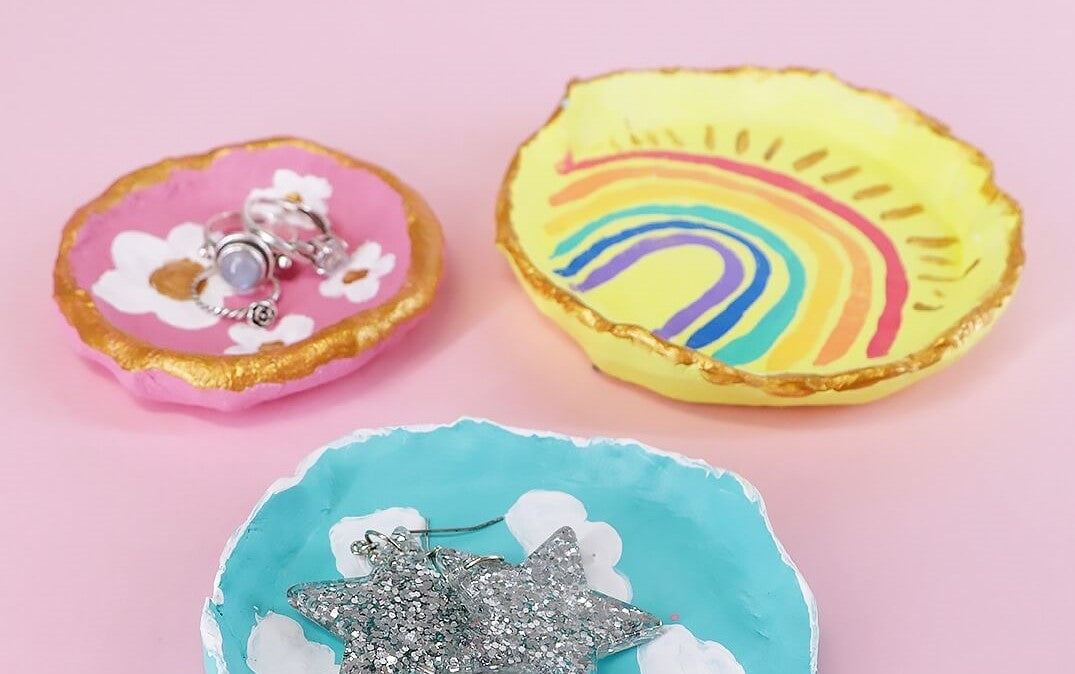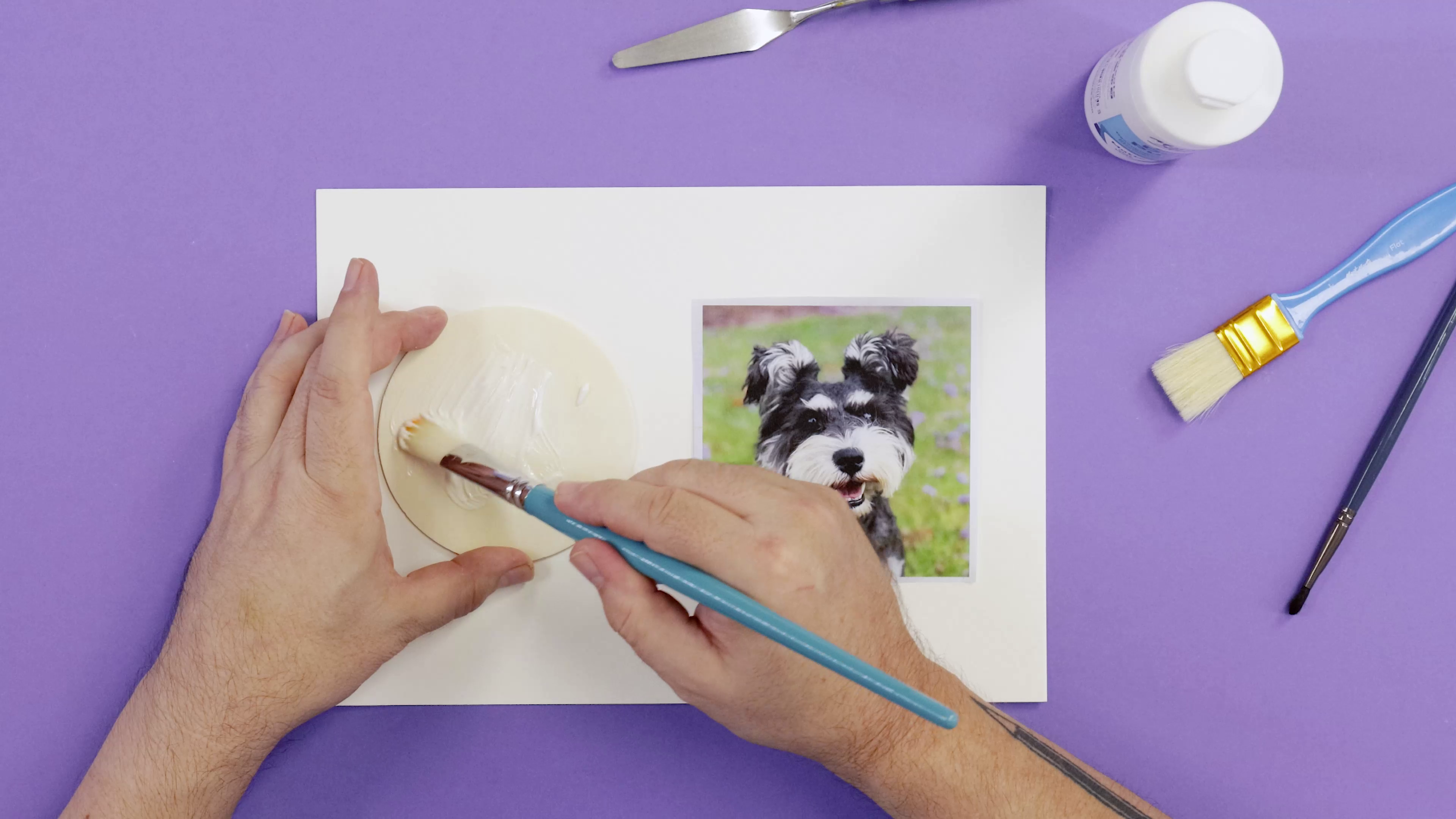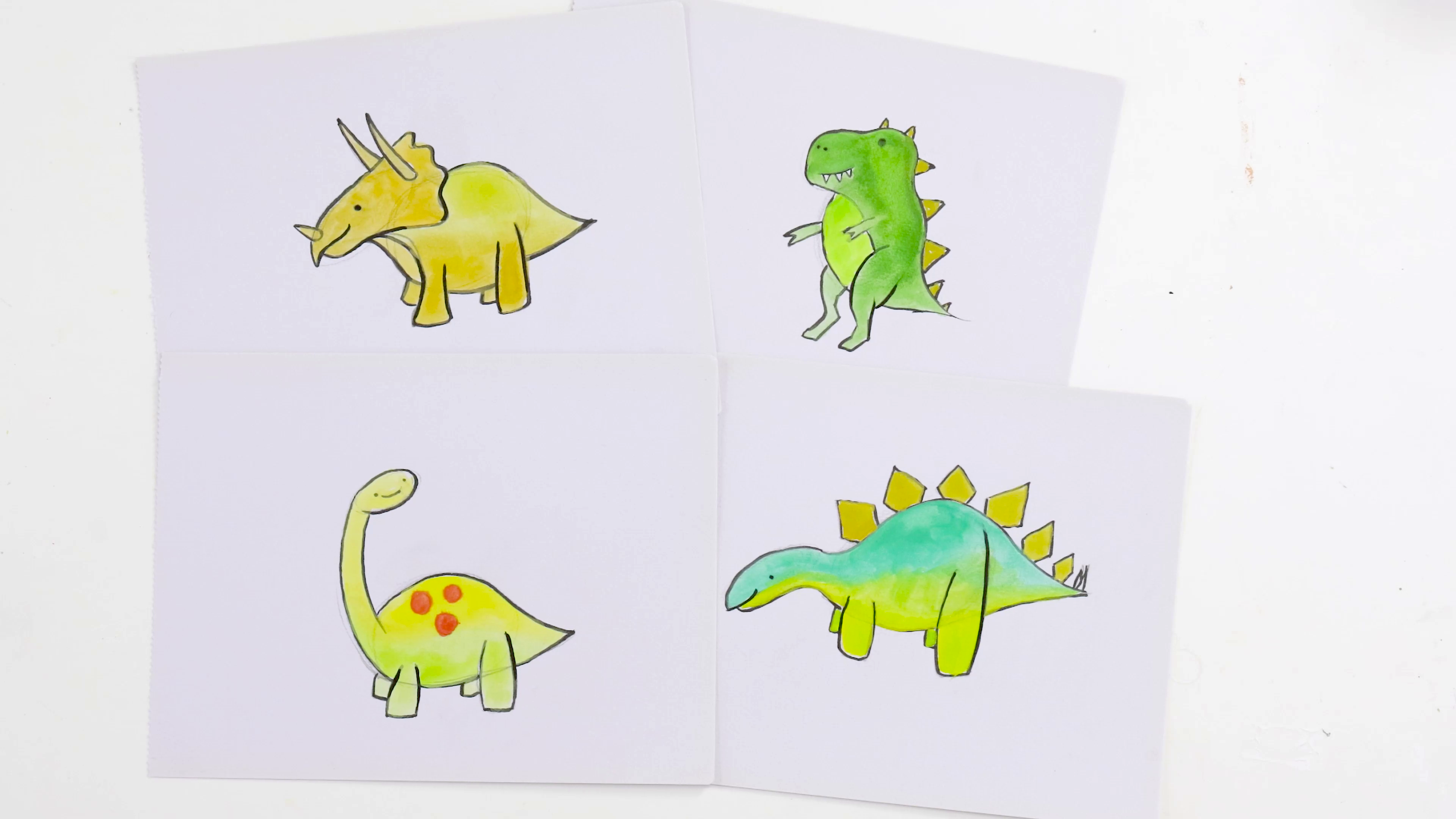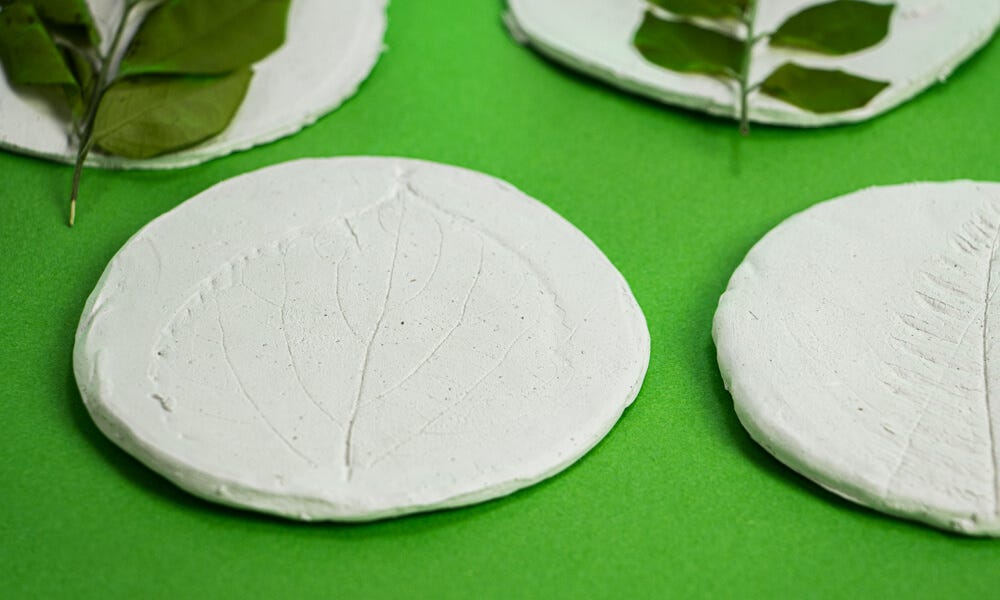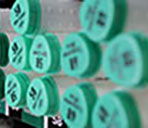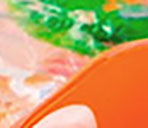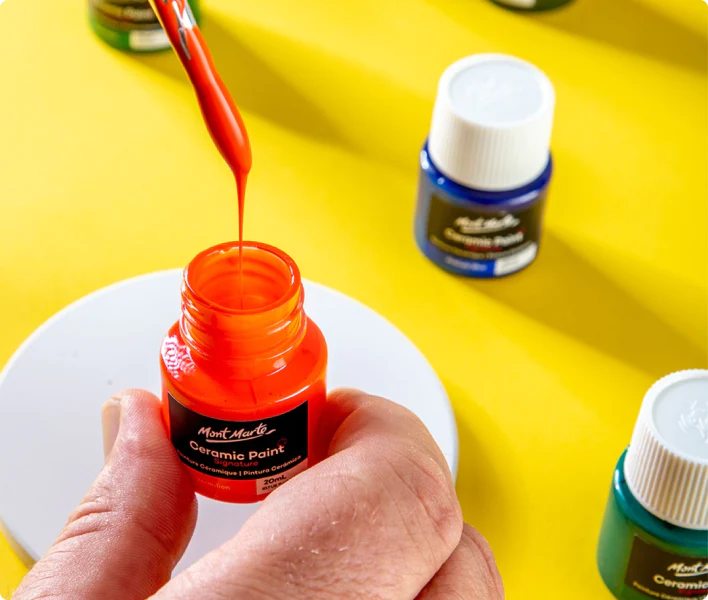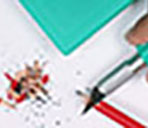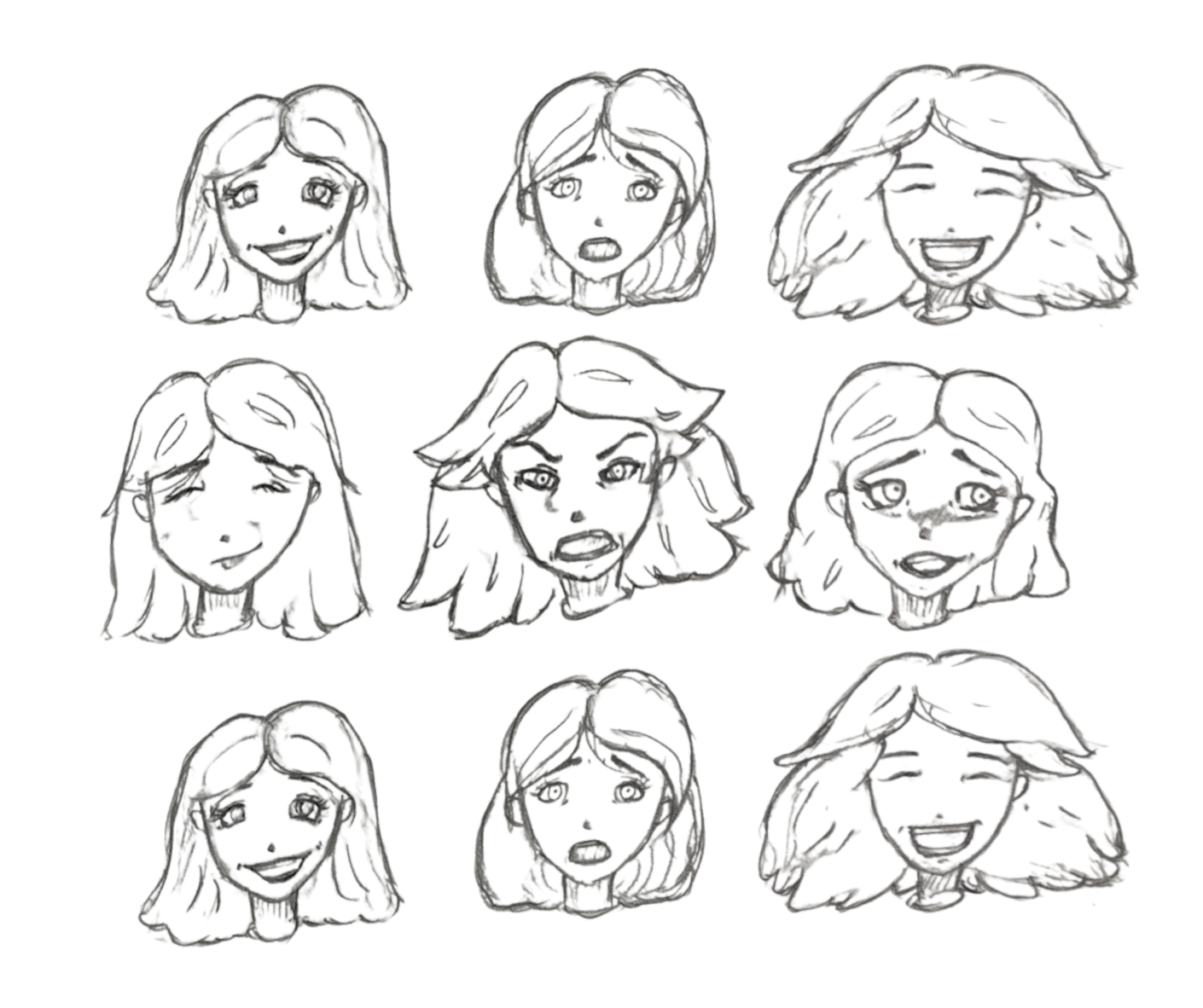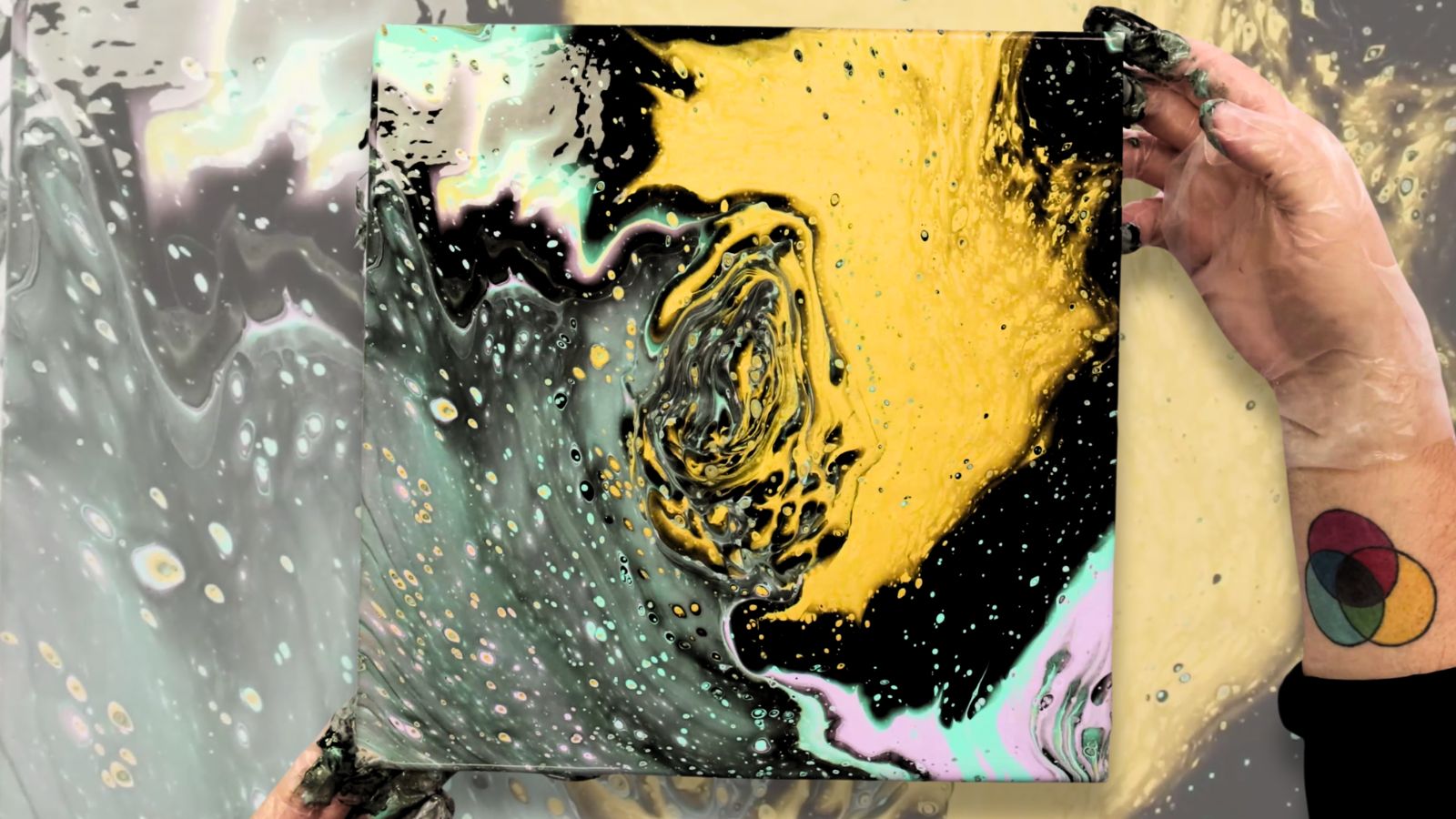Drawing expressions can bring your characters to life, making them feel more relatable and engaging. Even with a simple drawing style, a few small adjustments to facial features can convey a wide range of emotions. Whether you’re drawing scared, happy, or even sleepy expressions, the key lies in understanding how the eyes, eyebrows, and mouth work together to tell a story.
In this blog, we’ll walk you through some of the most common expressions, showing you how a few little tweaks can make a big impact. Let’s dive into these 8 essential facial expressions and how to create them!
1. How to draw a happy face

To capture a happy expression, it’s all in the eyes and mouth! For the eyes, simple upward curves (like half circles) create a sense of joy. The mouth should be wide and open with a slight upward curve. Think about how your mouth looks when you’re happy! You can draw the corners of the mouth extending slightly past the cheeks for an extra touch of cheerfulness.
Don’t forget to soften the eyebrows – lightly arched or relaxed lines work best. If you want to include more detail, add some dimples to the cheeks and some lines to accentuate the slightly squinted eyes.
2. Drawing scared face

The scared expression is all about widening the eyes and creating a look of surprise or fear. To achieve this, start by drawing the eyes larger than usual, with the upper eyelids raised and the lower lids stretched down. The eyebrows should be high and curved upwards in the centre – this will emphasise the look of shock.
For the mouth, the more open it is, the more surprised the expression will appear. Draw the corners curving down to accentuate the fear, or leave them rounded to add to the shock. This will help your character look as if they’re gasping or unable to speak. You can even add some small lines under the eyes or a hint of sweat drops on the forehead for added drama!
3. Drawing laughing face

A laughing expression is a great way to show movement and delight in your characters. Like the happy expression, the eyes are usually drawn as upward curves, but in this case, they can be tightly shut to indicate hearty laughter. Think of them as “U” shapes tilted sideways.
The mouth should be much wider than for a simple happy face. You can draw it as an open circle or an upside-down arch shape, with the corners stretched out for a big grin. Including simple lines around the mouth or at the sides of the eyes can give the impression of squinting from laughing so hard.
Another trick is to draw the hair bigger and more spread out, as though it’s in motion. When we laugh, we often rock or sway with our breathing, which creates movement in our hair. Be liberal with your artistic flair and get their locks flying about while they laugh!
4. Sleepy expression drawing

Drawing a sleepy expression is all about relaxed, closed eyes and a calm face. For the eyes, draw slightly curved horizontal lines with the eyelids lowered, as if the character is about to nod off. You can add tiny pupils or leave them out for an even sleepier look.
The mouth can be a small curve, either downward for someone who’s completely tired, or slightly upturned for a more content, drowsy feel. Adding a small yawn or droopy cheeks is a fun way to convey even more sleepiness but keep it subtle if you want to stick to a simple style. Lastly, you can pop in ‘zzz’ somewhere around the character if you want to help illustrate their sleepy state!
5. Angry face drawing

An angry expression is all in the intensity of the eyes and eyebrows. Start with the eyebrows – they should slant sharply downward towards the centre of the face, giving a furrowed appearance. The eyes are typically drawn as ovals or rectangles with a straight or slightly downward angle on the upper lid. As your eyebrows furrow, they somewhat distort the normal shape of your eye, creating a more squinted appearance.
For the mouth, a simple straight line or a downward curve works well. If you want to show more intense anger, you can draw the mouth as open with a wide arch shape, as though your character is yelling or in shock. A few extra details, like lines under the eyes and some blush, can help exaggerate the angry look. You can also get the hair moving as no doubt your character is up in arms about whatever has caused their outrage!
6. Embarrassed face drawing

An embarrassed expression is one of those emotions that can be a bit more subtle, but it’s still easy to achieve with a few tweaks. The eyes should be looking slightly to the side, with soft curves to the eyebrows that give a bashful look. The eyebrows can be drawn as raised at the centre but gently sloping downward at the ends.
For the mouth, a small, straight line works well, but you can also try a wobbly, open smile. What really sells this expression is the addition of blush marks! Simple lines or dots on the cheeks convey embarrassment instantly, and they’re super easy to add. Heighten this effect by adding blush over the nose bridge too – just like in real life!
Mastering expressions doesn’t have to be difficult, even if you’re working with a simple drawing style. By making small adjustments to the eyes, eyebrows, and mouth, you can create a wide range of emotions that bring your characters to life. Whether it’s a big laugh or a subtle smirk, playing around with these elements will help you tell stories through your art.
So grab some pencils, pens, or markers and try out these tips to get your characters expressing themselves in no time!
If you do try out these tips, let us know by tagging us on Instagram or Facebook @montmarteart or use #montmarteart to show us what you come up with.
To stay up-to-date with the latest projects, inspo, tips, and tricks, join our Creative Connection community by signing up down below.


